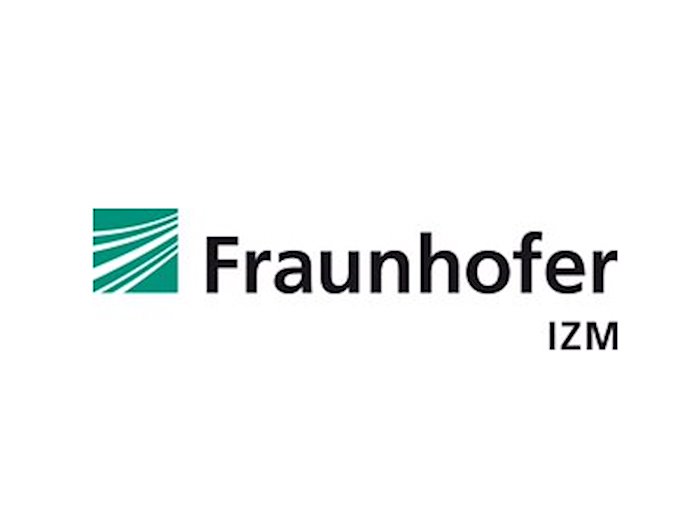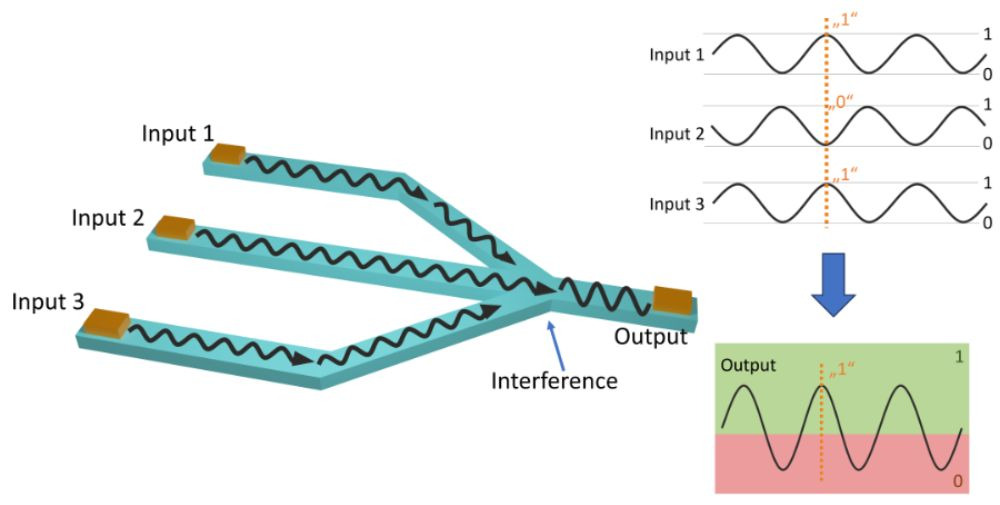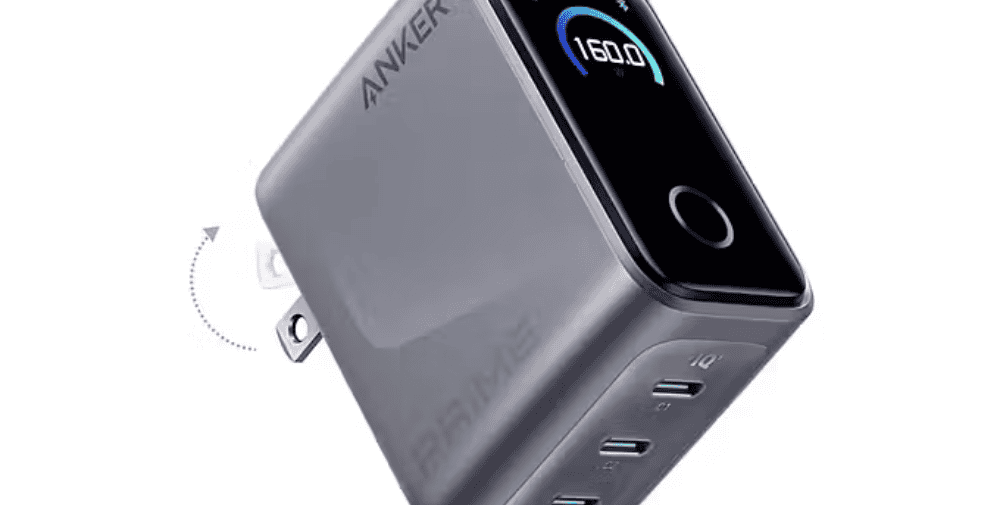
Laptops, smartphones or smartwatches – in the course of advancing digitalization, they are expected to take on more and more functions and become smaller at the same time. This often goes hand in hand with high energy consumption. New findings in spin research now promise that the energy and space consumption of electronic devices can be significantly reduced if spin wave technologies are used in microchips.
But what does spin research actually deal with? Spin waves are the collective excitation in a magnetic material. In this context, a spin is the intrinsic angular momentum of a quantum particle, such as in an electron or neutron. This angular momentum, i.e. the “spin”, is the basis of all magnetic phenomena. The quantum particles of the spin waves, in turn, are also called magnons. And it is precisely these that spin research would like to exploit, as they can transport more information and consume less energy than classic micro- and semiconductor chips.
To adapt these concepts from spin and magnonics research to a concrete application, researchers at the Fraunhofer Institute for Reliability and Microintegration IZM, together with European partners* from research and industry, have designed a computer system in which magnonics is connected to a standard computer and thus integrated into common semiconductor systems. For a possible compatibility of the technology, the research team had the so-called CMOS circuit in mind. These semiconductor elements are found in all common computers and can store and process both digital and analog data. As part of the project, the group at Fraunhofer IZM designed a chip structure for frequencies up to approximately 16 gigahertz and with nearly equal wiring lengths for more than 100 channels. This chip structure is then to represent the interface between a classical PC and a spin-wave circuit based on sapphire or gadolinium gallium garnet (GGG).
The particular challenge here is the spatial density of the spin-wave logic gates on a chip. A logic gate refers to a computational operator that processes binary input signals into output signals. “Currently, only one logic gate is operated on one of these spin-wave chips. In the future, we want to place more than 100 gates on one chip,” explains the responsible project manager at Fraunhofer IZM, Dr. Martin Hempel, looking confidently at the institute’s special expertise in embedding high-frequency chips with many outputs. In the project, more complex computing functions of a computer chip using spin waves are to be demonstrated for the first time. This should pave the way for a 100-fold reduction in the energy consumption of future computer systems. Furthermore, the technology of controlling a large number of high-frequency channels developed by Fraunhofer IZM in this project enables further applications also in other areas, such as high-frequency and communication systems, for example in collision avoidance for autonomous driving.
The HORIZON project SPIDER (Spin Wave Computing for Ultimately-Scaled Hybrid Low-Power Electronics) 801055, funded by the European Union, runs from Dec. 1, 2022, to May 31, 2026, and is supported with a sum of 3 million euros. The project is coordinated by the Interuniversity Microelectronics Centre (IMEC) in Leuven. Other project partners are the Delft University of Technology, the Rhineland-Palatinate University of Technology Kaiserslautern-Landau, the National Research and Development Institute for Microtechnologies IMT from Bucharest, and the companies Thales and Akronic.
– – – –
Further links
👉 www.izm.fraunhofer.de
Photo: Fraunhofer IZM




